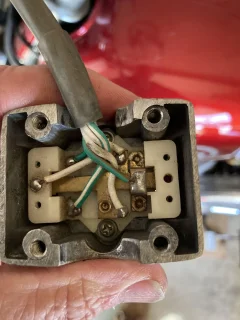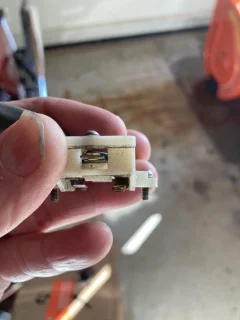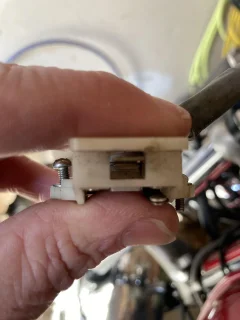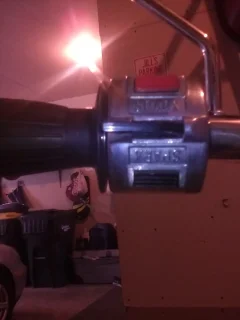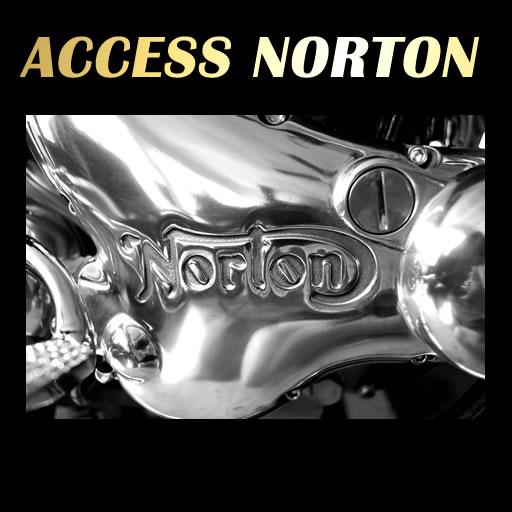- Joined
- Mar 25, 2023
- Messages
- 39
Hello,
I had problems with starting and intermittent misfiring on my '73 Commando 850 when I first got it end of last season. I bypassed the kill switch and ran a wire directly from my Boyer black box to my key switch, and I am fairly confident this sorted the issues. However, I really would like to renew this switch and get rid of my bypass. My question is do the internals of my kill switch look complete or am I missing something?
My switch is on the left handlebar and has a horn push button (bottom when mounted on bike), a kill push button (top red button), and the turn indicators as the paddle switch in the middle. Picture Switch 2 shows the horn which is normally open. There are two clean pancake-like contacts. Picture Switch 3 shows the other side where, as I understand it, the kill switch is normally closed, and depressing the kill button opens the circuit and effectively cuts out the ignition. Is it supposed to have some sort of contact points like the horn does? or is it just these two metal bits pressed together? I wonder if I just need to clean up the two metal bits and perhaps use some pliers to press and bend them together, or if I need to solder something in place to make sure the switch stays closed until the button is pressed.
Thanks
I had problems with starting and intermittent misfiring on my '73 Commando 850 when I first got it end of last season. I bypassed the kill switch and ran a wire directly from my Boyer black box to my key switch, and I am fairly confident this sorted the issues. However, I really would like to renew this switch and get rid of my bypass. My question is do the internals of my kill switch look complete or am I missing something?
My switch is on the left handlebar and has a horn push button (bottom when mounted on bike), a kill push button (top red button), and the turn indicators as the paddle switch in the middle. Picture Switch 2 shows the horn which is normally open. There are two clean pancake-like contacts. Picture Switch 3 shows the other side where, as I understand it, the kill switch is normally closed, and depressing the kill button opens the circuit and effectively cuts out the ignition. Is it supposed to have some sort of contact points like the horn does? or is it just these two metal bits pressed together? I wonder if I just need to clean up the two metal bits and perhaps use some pliers to press and bend them together, or if I need to solder something in place to make sure the switch stays closed until the button is pressed.
Thanks

